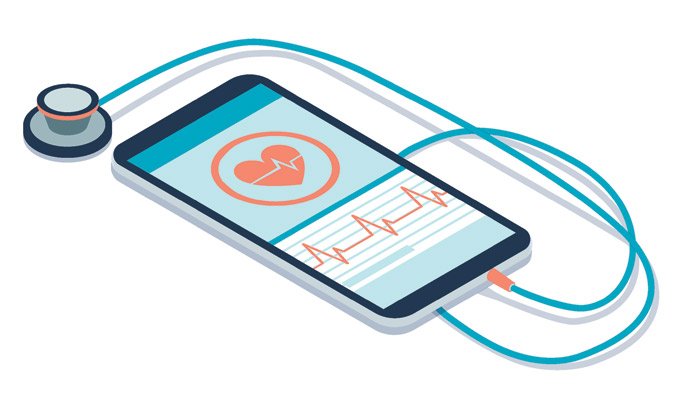Audio Conferencing for Telehealth: Benefits and Challenges
Telehealth has revolutionized the way healthcare services are delivered, offering patients and providers a convenient and efficient way to communicate without the need for physical presence. Among the various tools utilized in telehealth, audio conferencing plays a significant role in bridging the gap between healthcare professionals and patients, particularly in remote or underserved areas. In this blog post, we will explore the benefits and challenges of using audio conferencing in telehealth.
The Benefits of Audio Conferencing in Telehealth
1. Accessibility
One of the primary advantages of audio conferencing in telehealth is its accessibility. Unlike video conferencing, which requires stable internet connectivity and compatible devices, audio conferencing can be accessed via a simple telephone call. This makes it particularly valuable in rural or low-income areas where high-speed internet may not be readily available. Patients can easily connect with healthcare providers using basic phones, ensuring that essential healthcare services are accessible to all.
2. Cost-Effectiveness
Audio conferencing is a cost-effective solution for both patients and healthcare providers. It eliminates the need for expensive video equipment, high-bandwidth internet, and other associated costs. For patients, it reduces the need to travel to healthcare facilities, saving time and transportation expenses. For healthcare providers, it enables the efficient management of resources, allowing them to reach more patients in less time.

3. Ease of Use
The simplicity of audio conferencing makes it an ideal tool for telehealth. Patients do not need to navigate complex software or understand advanced technology to participate in a consultation. This ease of use is especially beneficial for elderly patients or those with limited technical skills, as it allows them to communicate with their healthcare providers without the added stress of managing unfamiliar technology.
The Challenges of Audio Conferencing in Telehealth
1. Limited Visual Cues
One of the major limitations of audio conferencing is the absence of visual cues. In telehealth, the ability to see a patient can provide valuable information, such as physical symptoms, facial expressions, and body language. Without these visual cues, healthcare providers may find it challenging to make accurate diagnoses or fully understand a patient’s condition. This limitation can sometimes necessitate follow-up appointments or in-person visits.
2. Potential for Miscommunication
The lack of visual communication in audio conferencing can also lead to potential miscommunication between patients and healthcare providers. Without the ability to see each other’s faces, nuances in tone, emotion, and intent may be lost or misunderstood. This can impact the quality of care and patient satisfaction, especially in cases where complex medical information needs to be conveyed.
3. Privacy and Security Concerns
While audio conferencing is generally secure, there are still privacy concerns that need to be addressed in the context of telehealth. Ensuring that conversations are conducted over secure lines and that patient information is protected is critical. Healthcare providers must adhere to strict privacy regulations, such as HIPAA in the United States, to safeguard patient data and maintain confidentiality during audio consultations.
Conclusion
Audio conferencing is a powerful tool in the telehealth landscape, offering accessibility, cost-effectiveness, and ease of use to both patients and healthcare providers. However, it is not without its challenges. The absence of visual cues, potential for miscommunication, and privacy concerns must be carefully managed to ensure that audio conferencing remains a viable and effective solution in delivering quality healthcare remotely.
As telehealth continues to evolve, the integration of advanced audio conferencing technology with other telemedicine tools may help mitigate some of these challenges, ultimately enhancing patient care and expanding access to healthcare services.



